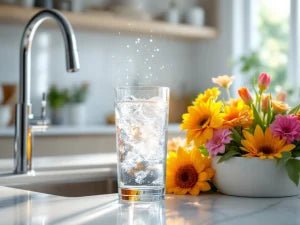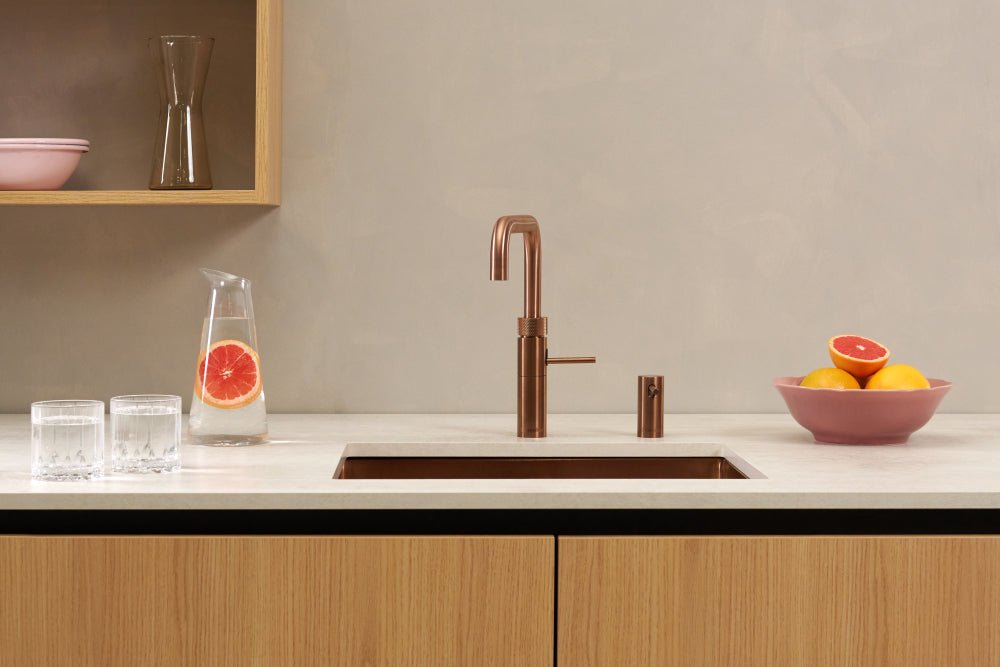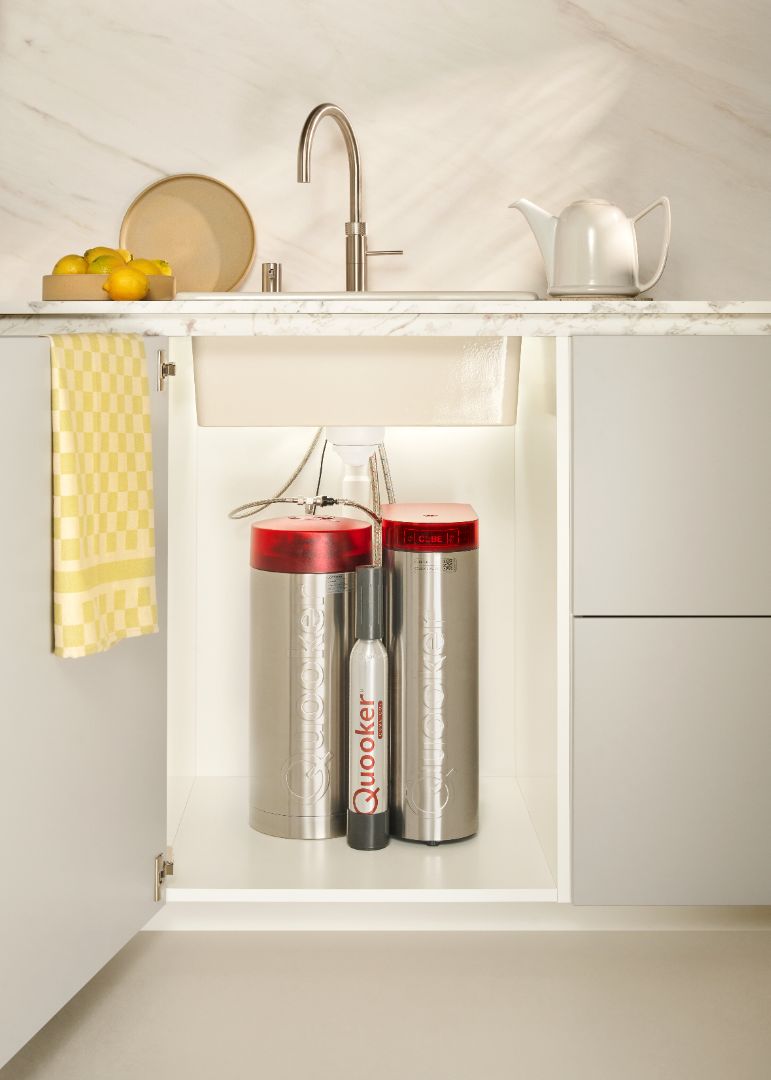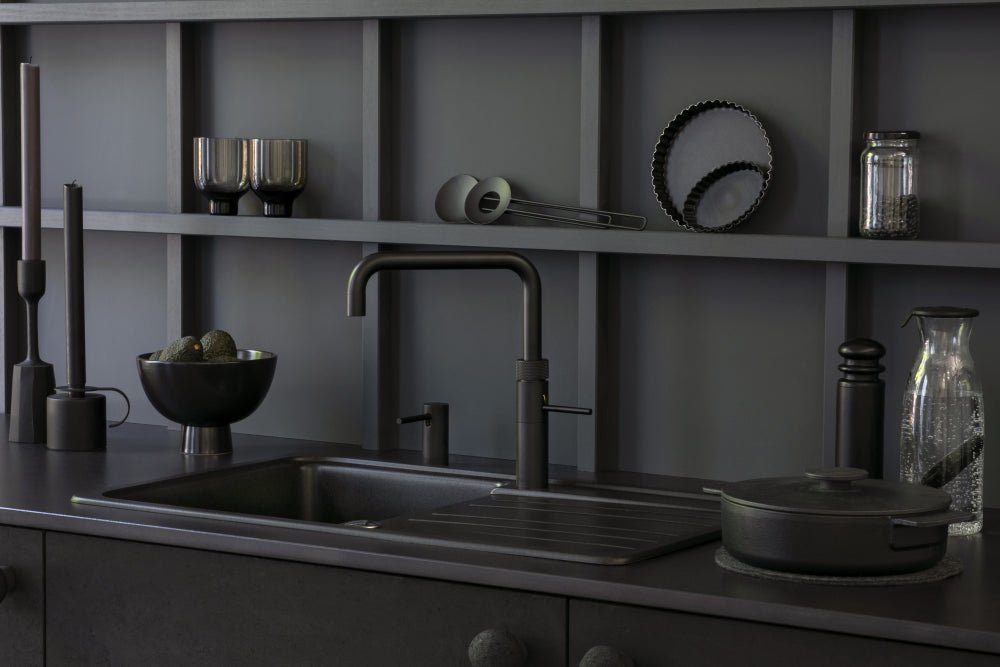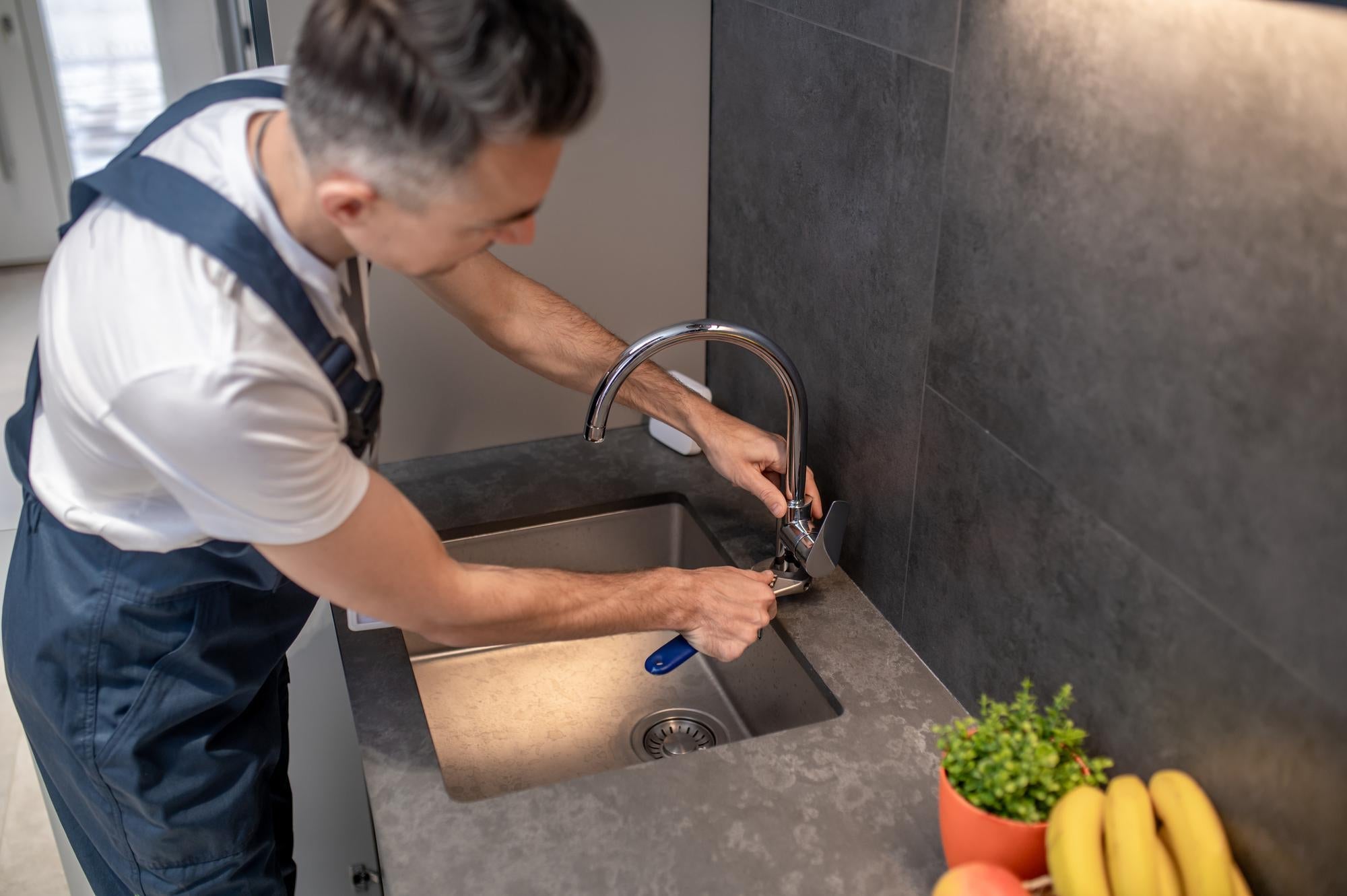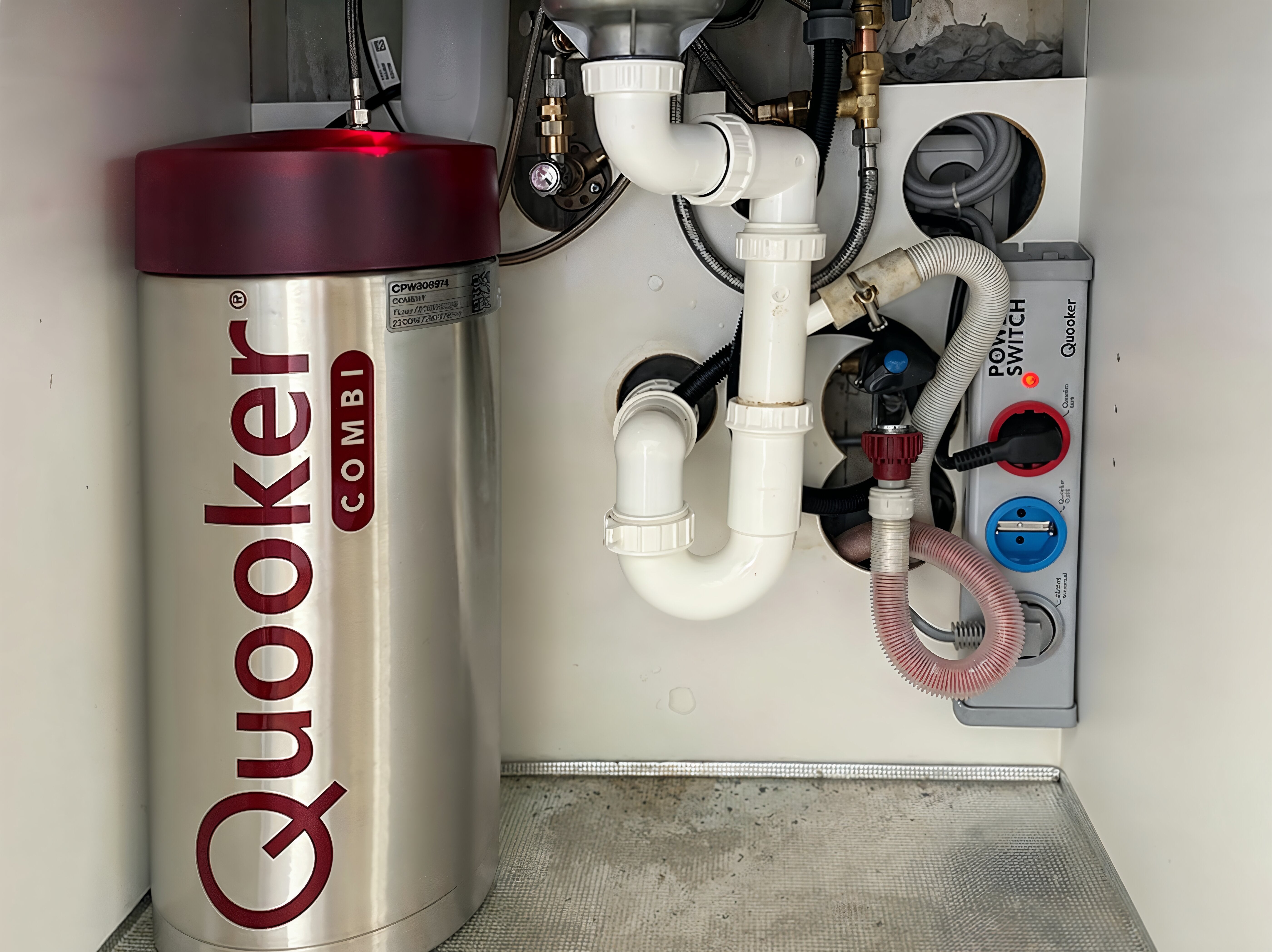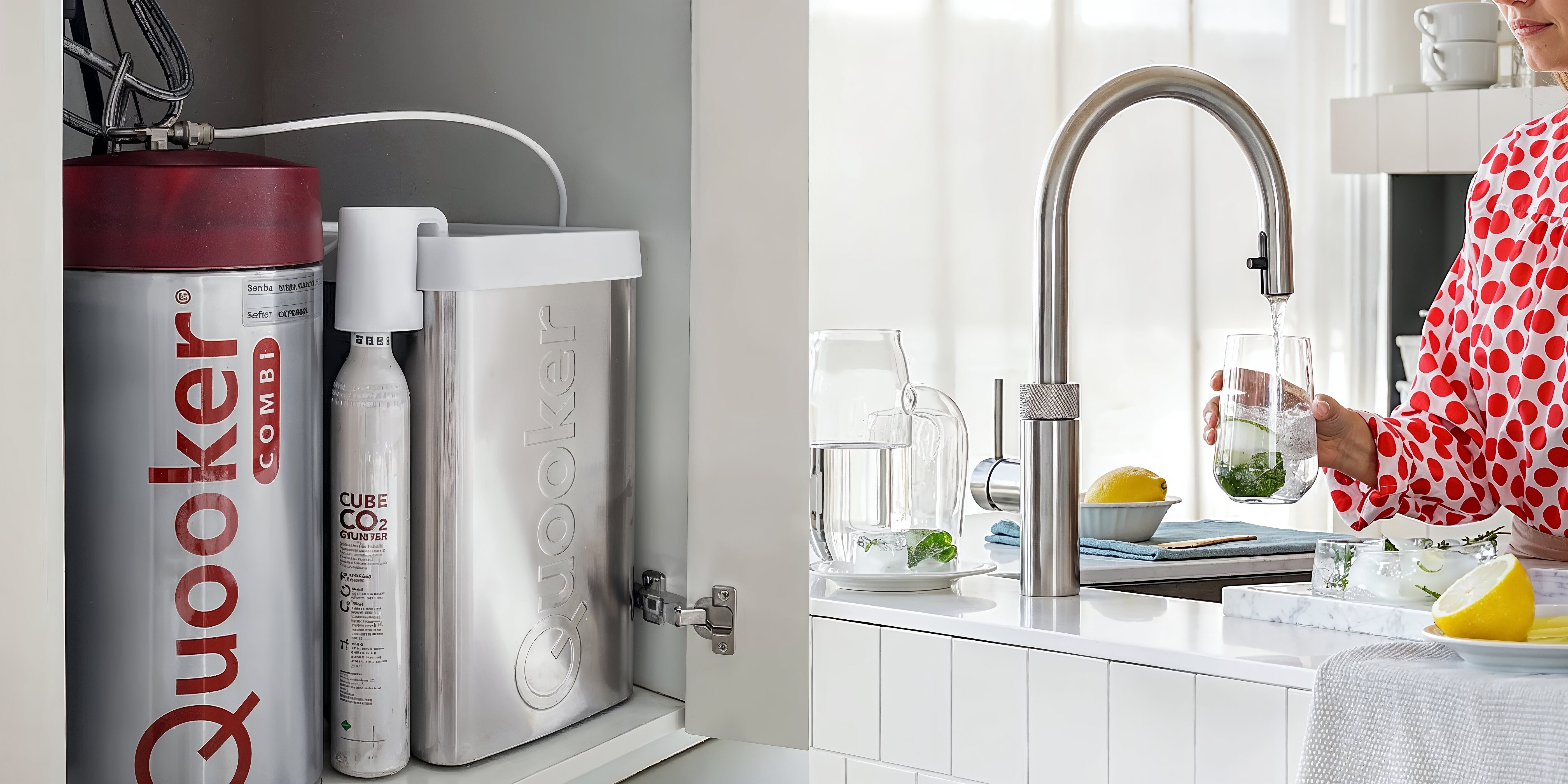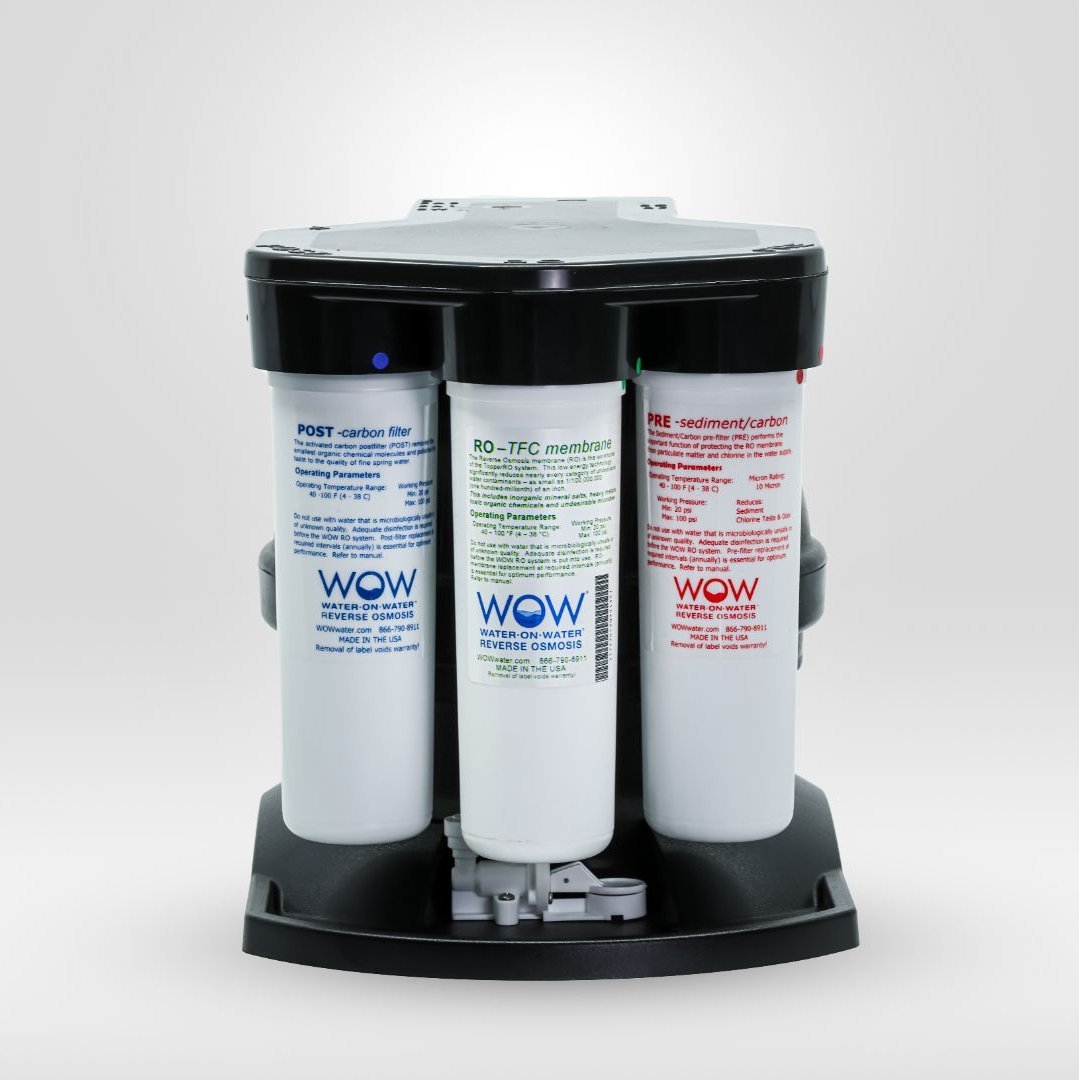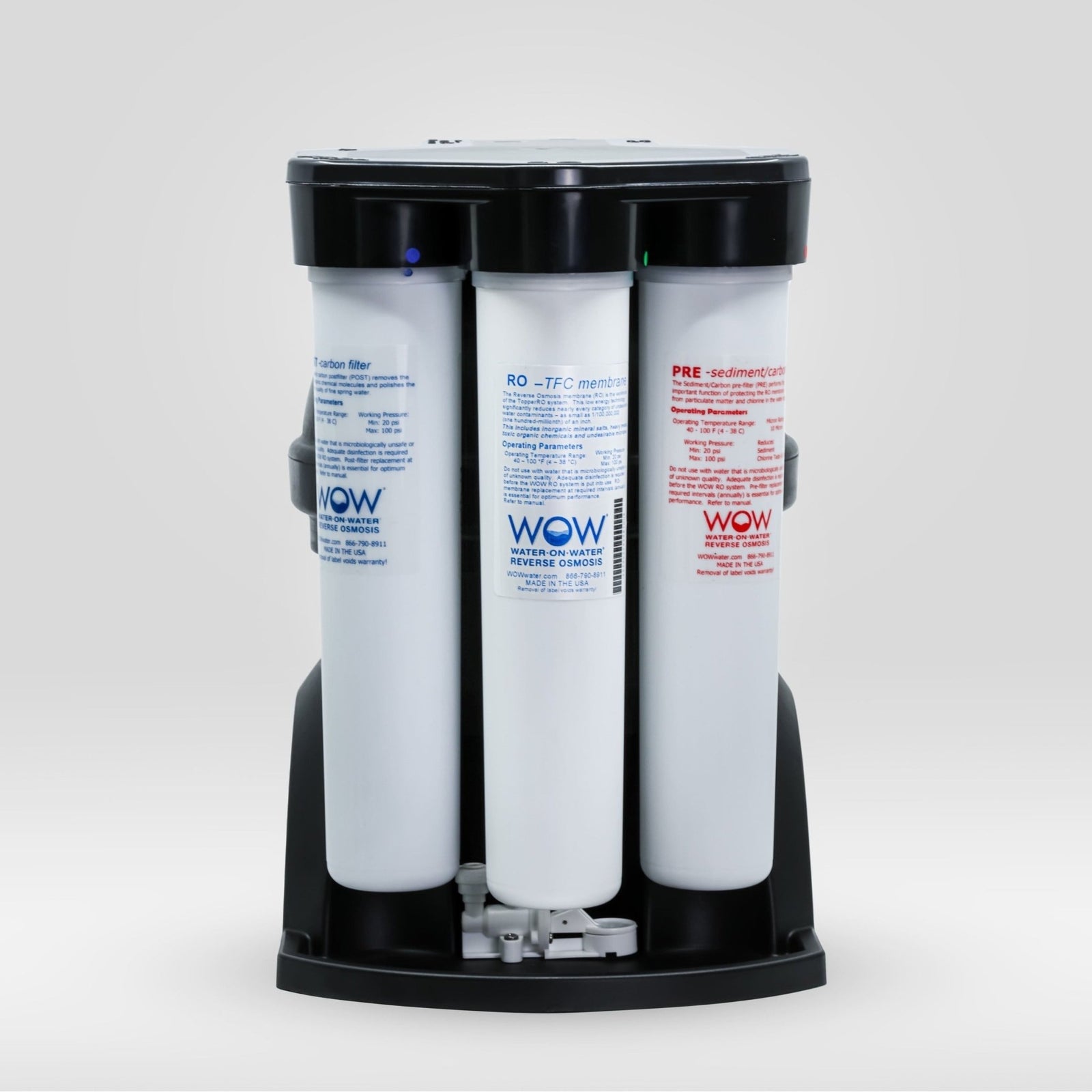If your water company issues a warning of contamination, you should immediately stop drinking tap water and switch to bottled or boiled water. These warnings are issued in the event of pipe breaks, bacterial contamination, chemical contamination, or maintenance activities that affect water quality. The severity ranges from precautionary measures to acute health risks, with vulnerable groups such as infants and the elderly requiring extra caution.
Why is my water company warning about pollution?
Water companies issue warnings when water quality no longer meets the strict Dutch standards for safe drinking water. These warnings arise from various situations that can affect water purity.
The most common causes for a water pollution warning are:
- Pipeline breaks where groundwater or dirt enters the pipe network
- Bacterial contamination by E. coli or other pathogens
- Chemical pollution from industrial discharges or agricultural activities
- Planned maintenance work on the water supply network
- Malfunction in the water treatment plant
The severity of warnings varies considerably. A boil-water advisory means the water is safe to drink after boiling, while a complete drinking ban indicates the water remains unsafe even after boiling. Water companies make this distinction clear in their communications, as health risks vary significantly depending on the type of contamination.
For households, every warning has a direct impact on daily life. From brushing teeth to cooking, everything requires adjustments when tap water becomes unreliable.
What immediate steps should I take if I receive a pollution warning?
In the event of a water contamination incident, speed is of the essence. Immediately stop using tap water for consumption and follow these steps to protect yourself and your family.
The first actions you need to take:
- Stop drinking tap water immediately
- Use bottled water for drinking, cooking and brushing teeth
- Follow the specific advice of your water company (boil advice or complete drinking ban)
- After the warning has ended, flush pipes according to instructions
- Discard ice cubes made with potentially contaminated water
Additional precautions apply to vulnerable groups. Babies, the elderly, pregnant women, and people with weakened immune systems should consider using only bottled water, even during a boil-water advisory. For baby food, it is advisable to use special baby water bottles throughout the entire warning period.
| Activity | In case of boil water advice | In case of drinking ban |
|---|---|---|
| Drinks | Only boiled water | Only bottled water |
| Brushing teeth | Boiled or bottled water | Only bottled water |
| Shower/bath | Allowed, shut up | Short shower, no bath |
| To wash up | Allowed with hot water | Dishwasher at 60°C+ |
How long does a water pollution warning usually last?
The duration of a water pollution warning depends heavily on the type of contamination and the complexity of the problem. On average, a warning lasts between 24 and 72 hours, but this can extend to several weeks in the case of severe chemical contamination.
In the case of bacterial contamination, recovery usually takes 1 to 3 days. The water company must flush the system, take new samples, and wait for laboratory results before giving the all-clear. Chemical contamination often requires longer-term measures, which may include completely replacing pipe sections.
Factors that influence duration include:
- Type and concentration of pollution
- Size of the affected area
- Availability of repair materials
- Weather conditions during work
- Complexity of the pipeline network
Water companies communicate through various channels during the warning period. SMS alerts, websites, social media, and local media are used to keep residents informed. Updates are usually provided daily, with additional messages for important developments. The final "safe" signal is only given after extensive testing confirms that the water once again meets all standards.
Can a water filter system help with water pollution?
Advanced home water filter systems offer effective protection against various forms of water contamination. Systems with reverse osmosis technology, in particular, can remove up to 99% of unwanted substances, including bacteria, viruses, heavy metals, and chemical compounds.
Reverse osmosis works by using multi-layer filtration, where water is forced under pressure through a semipermeable membrane. This process removes even the smallest contaminants at the molecular level, including PFAS, pharmaceutical residues, and pesticides that are increasingly found in our drinking water.
A permanent filter system offers several advantages during and after a water pollution alert:
- Continuous protection against sudden contamination
- No dependence on bottled water during warnings
- Removal of substances not eliminated by cooking
- Protection against future contamination
- Certainty about water quality regardless of external circumstances
Modern water filtration systems operate without electricity and require minimal maintenance. Filters only need to be replaced once or twice a year, making the investment in safe drinking water very cost-effective compared to the cost and inconvenience of bottled water during pollution warnings.
What are the key lessons from a water pollution warning?
A water pollution warning confronts us with the vulnerability of our water supply. The key lesson is that proactive measures are essential for continued access to safe drinking water, regardless of external circumstances.
Preventative measures you can take for future situations include installing a home filtration system with reverse osmosis technology. This not only provides protection during official warnings but also filters invisible contaminants from the water daily. It's also wise to always have an emergency supply of at least 3 liters of water per person per day for a three-day supply.
Staying informed about water quality issues is easier by signing up for text message alerts from your water company and following their social media channels. Many municipalities also offer warning apps that notify you immediately of emergencies.
Experience shows that home water purification is more than a luxury—it's an investment in health and peace of mind. With increasing pressure on our water infrastructure due to climate change and aging pipes, home water purification is becoming increasingly important. A reliable filtration system means your family always has access to clean water, regardless of what's happening in the distribution network.
This proactive approach to water safety not only provides practical benefits during emergencies but also improves everyday water quality. The result is fresher-tasting water, better-tasting tea and coffee, and the assurance that your family is protected from current and future water contamination.
